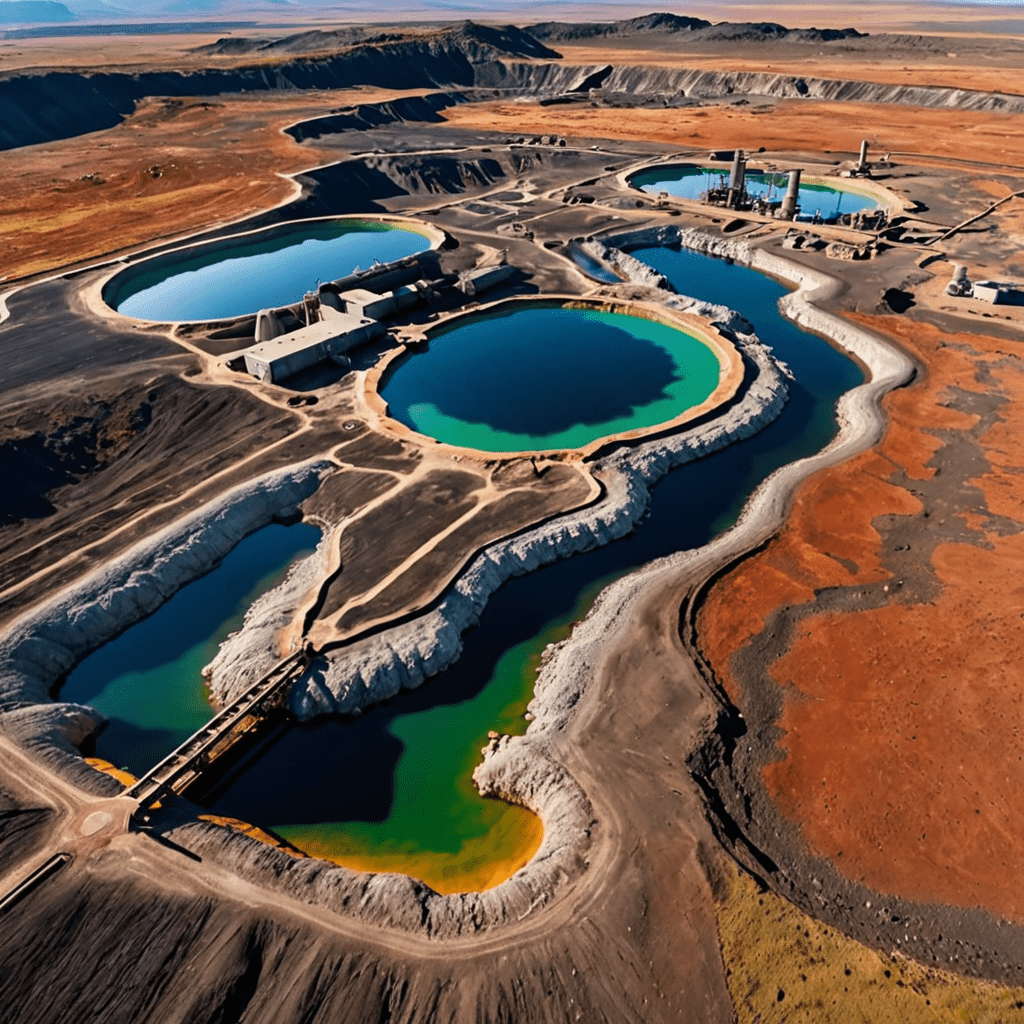
The Role of AI in Optimizing Renewable Energy Systems
In today’s world, the integration of renewable energy sources like solar, wind, and hydropower is essential for a sustainable future. The effective utilization of these resources relies on advanced technologies, and one such groundbreaking tool is Artificial Intelligence (AI). AI plays a crucial role in optimizing renewable energy systems, maximizing efficiency, and driving innovation in the energy sector.
What is AI?
Artificial Intelligence refers to the simulation of human intelligence processes by machines, particularly computer systems. These systems are designed to perform tasks that typically require human intelligence, such as learning, problem-solving, decision making, and speech recognition.
Optimizing Renewable Energy Systems
Renewable energy systems face challenges like intermittency, weather dependency, and fluctuating energy demand. AI technologies can address these challenges by analyzing vast amounts of data, predicting energy production, and optimizing operations in real-time. This optimization leads to increased efficiency and cost-effectiveness in renewable energy generation.
AI Applications in Renewable Energy
AI applications in renewable energy are diverse and impactful. Machine Learning algorithms can forecast energy production, optimize grid integration, and enhance maintenance scheduling for renewable energy systems. Additionally, AI-powered systems can enable autonomous operation of energy grids, leading to better stability and resilience.
Enhancing Energy Storage
Energy storage is a critical aspect of renewable energy systems. AI technologies can improve energy storage management by optimizing battery charging and discharging cycles, predicting energy storage requirements, and reducing system inefficiencies. This leads to better utilization of stored energy and increased system reliability.
Driving Innovation in Energy Management
The integration of AI in renewable energy systems is driving innovation in energy management. Smart grids powered by AI can balance energy supply and demand efficiently, integrate decentralized energy sources seamlessly, and enable dynamic pricing models based on real-time data analysis. These advancements revolutionize the way energy is generated, distributed, and consumed.
Conclusion
Artificial Intelligence is a game-changer in the optimization of renewable energy systems. By leveraging AI technologies, we can enhance the efficiency, reliability, and sustainability of renewable energy generation. The synergy between AI and renewable energy opens up new possibilities for a greener, more resilient energy future.
FAQ About The Role of AI in Optimizing Renewable Energy Systems
What is the role of AI in renewable energy systems?
AI plays a vital role in optimizing renewable energy systems by enhancing prediction accuracy, improving energy generation efficiency, and enabling intelligent decision-making processes.
How does AI enhance the efficiency of renewable energy systems?
AI algorithms analyze vast amounts of data from renewable sources like solar panels or wind turbines to optimize their performance, minimize downtime, and improve overall energy output.
Can AI help with forecasting renewable energy generation?
Yes, AI algorithms can utilize historical data, weather forecasts, and real-time information to accurately predict renewable energy generation, allowing for better integration into the electrical grid.
What are the benefits of using AI in renewable energy systems?
Implementing AI in renewable energy systems can lead to increased energy production, reduced operational costs, enhanced grid stability, and lower carbon emissions, contributing to a more sustainable future.
How does AI contribute to the growth of renewable energy sector?
AI technologies enable renewable energy systems to operate more efficiently, adapt to dynamic environmental conditions, and optimize energy storage, accelerating the transition towards a cleaner and more reliable energy landscape.


